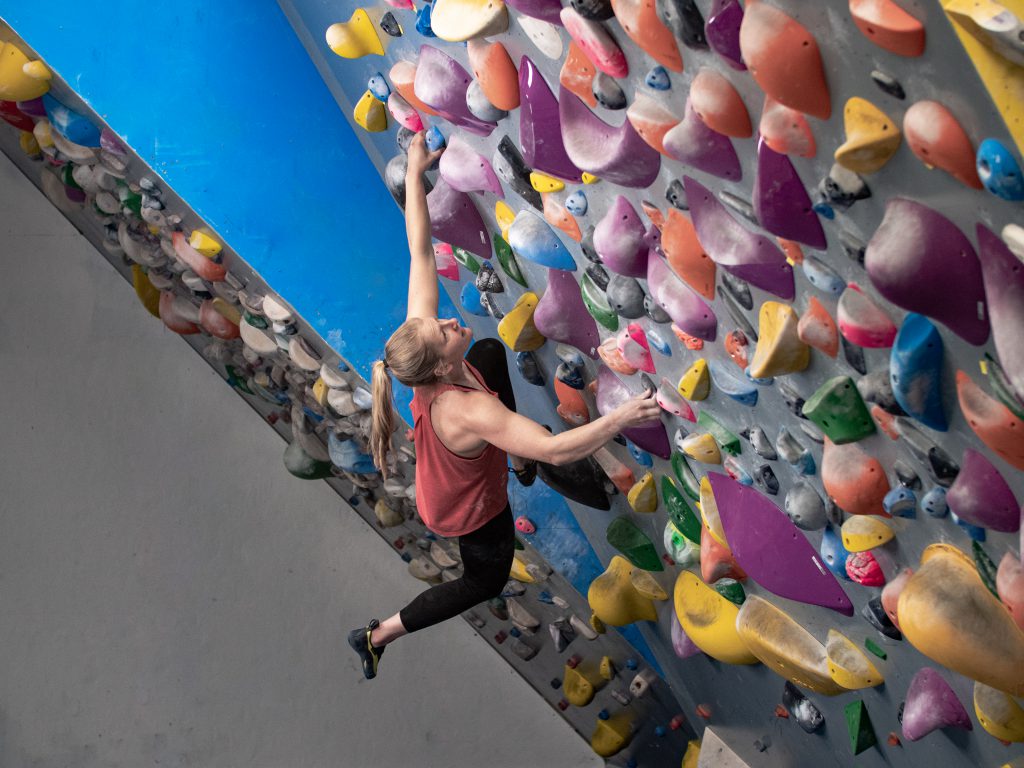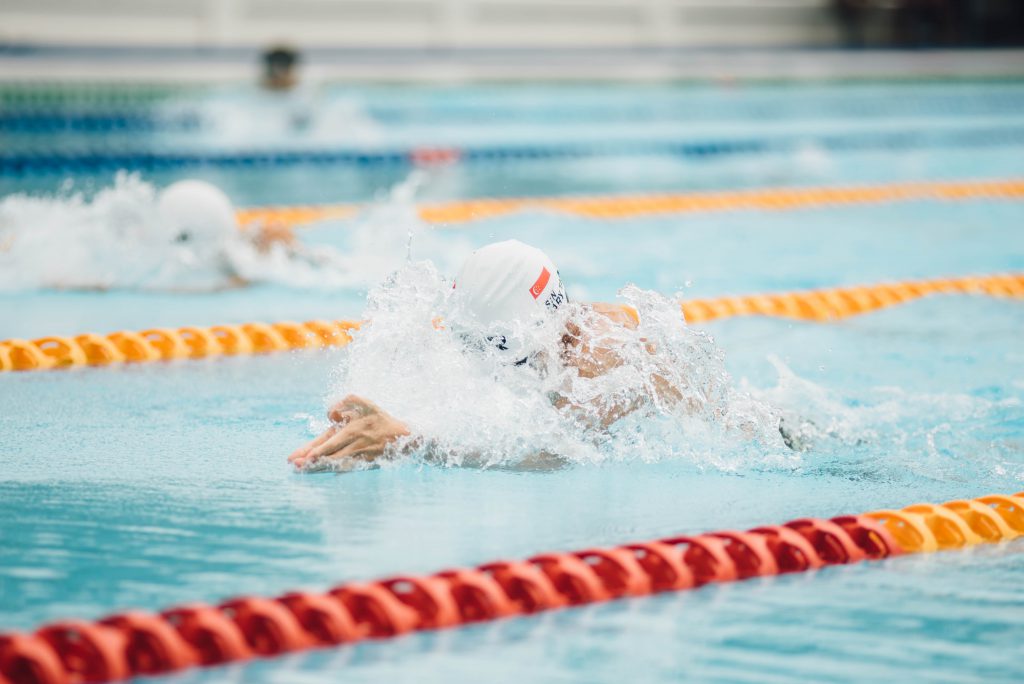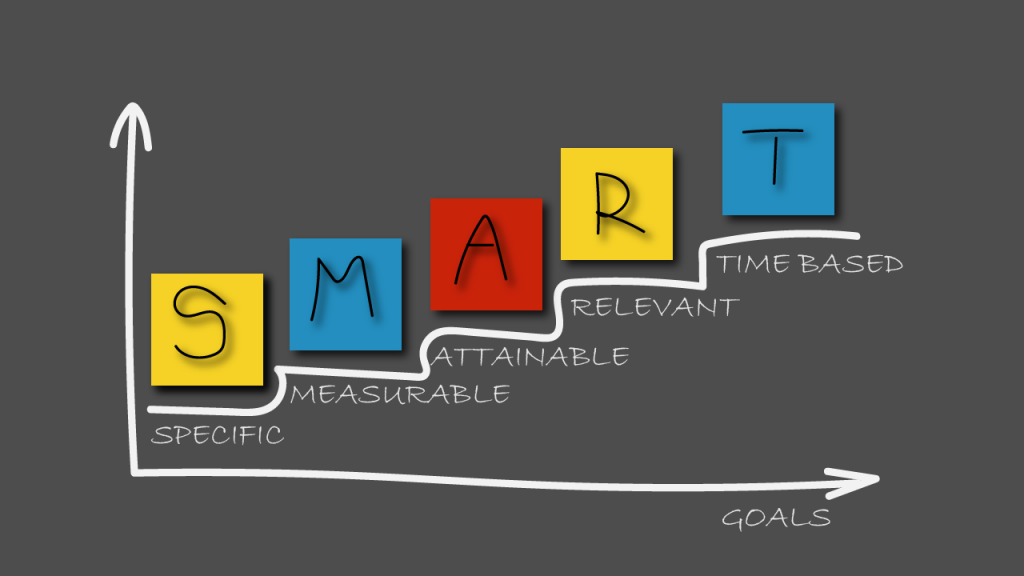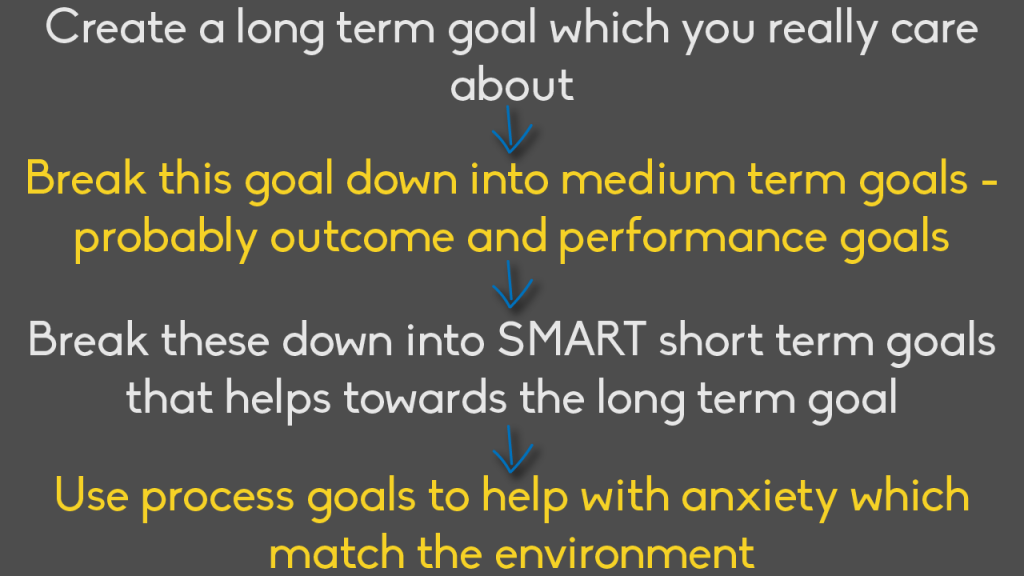S.M.A.R.T Goals & Climbing
Every 2 weeks here at Lattice, the coaches get together and take it in turns to lead a discussion on a topic of their choice. We use these sessions to further educate ourselves and share ideas on the wide range of topics that play into climbing and training for climbing. Here we are looking to share some of the main takeaways so that you can apply them to your own climbing and training!
This week coach Jen talked about Goal Setting. We often see a wide range of goals, from ‘I just want to get better in general’, to ‘I’ve got this super rad project which I want to do by the end of spring’, and while these are both very valid goals we find that when a more detailed approach to goal setting is taken the motivation to train and the likelihood of achieving the goal is higher.
Why should we care about how we set goals?
As the saying goes, if you don’t have a goal you can’t score (sorry I couldn’t think of a climbing analogy). In the 60’s an American psychologist called Edwin Locke theorised that if a goal provides the right level of challenge and is specific, it would improve performance. Since then, there have been numerous studies in a broad range of environments and scenarios showing that participants who have a specific goal perform better than those who are simply told to do their best. Furthermore, the more challenging the goal the better the performance, providing that the goal isn’t so difficult to achieve that it seems impossible or overwhelming. From this we can see that goals don’t only help with motivation – they also help to track progress and may actually improve performance! This is why we should set good goals in climbing.
However, this isn’t a matter of picking a goal out of thin air, or choosing the same goal as your friends. With goal setting comes a range of other psychological elements to consider, such as expectations and fear of failure, and so when thinking more seriously about goal setting we also need to think about our mindset and be honest about what we want. This is why it helps to have a clear overview of the elements that contribute to effective goal setting.

Types of goals
One of the ways we can categorise goals is through timescale.
We can set long term goals that are futuristic and we wouldn’t expect to achieve them in a short period of time. Obviously, different climbers work on different timescales depending on their experience, time climbing, and character (amongst other things). Long term goals don’t need to be as specific, but it’s important that they mean a lot to you. They need to align with your identity and affect your self image in a positive way in order to help with motivation.
Short term goals, on the other hand, need to be more specific. This makes them quantifiable and measurable, and most importantly they should be realistically achievable in a relatively short length of time. Short term goals tend to create the building blocks for your long term goals and provide the pathway to get there. When setting short term goals it can help to start with your long term goal and work backwards.
Clear short term goals combined with long term goals have been shown to be most effective for success and sustained motivation. For example, a long term goal could be to be a proficient all-round rock climber. After thinking about what this means, a climber might decide this means feeling comfortable and able to perform consistently bouldering, in sport climbing, trad climbing, and on big walls. If bouldering was the main weakness, they may choose some short term goals in bouldering in order to work towards their long term goal.
Another way to categorise goals is by the way that we intend to measure whether we have achieved it. Not all goals come in the form of a climbing grade, therefore it wouldn’t be wise to measure all progress in terms of whether you climbed a harder grade.

Outcome goals are the types of goals that can be quite out of your control; these might be goals like winning a climbing competition for example. The outcome of these goals is often out of your control, but these types of goals can be extremely motivating. When setting outcome goals it is important to be aware that these sorts of goals can increase anxiety which can in turn be detrimental to performance. Take the example of a competition; you may climb your best, keep your nerves under control, work out the sequences under time pressure, and still not win. Therefore, outcome goals need to be set with a good understanding of their role within the bigger picture of your climbing.
Performance goals are quite similar to outcome goals but are based on beating your own previous best performance. They are still affected by some other factors, but not by other people’s performance. An example of this sort of goal would be to flash a particular boulder or route or achieve the next grade. These types of goals can also be very motivating, but again can cause some anxiety. Again, we can see the shortcoming of this type of goal in that you could perform your absolute best and still fall just short of the chains.
For this reason, it is wise to set process goals that accompany outcome or performance goals. An example of a performance goal would be to flash a boulder in the qualifiers or to flash a particular grade outdoors.
Process goals are focused on the specific elements of the task, rather than the end result or outcome. Another common way of describing these goals is intrinsic because they are not shaped or driven by external forces (medals, money, fame, recognition from friends etc.). The good thing about this sort of goal is that you are in complete control when it comes to achieving it. No matter the outcome, process goals are achievable and as such they can nurture a good mindset when it comes to climbing. These can lead to better concentration and improve your ability to control negative thoughts. Some examples of this sort of goal are to brush the holds before each attempt, to spend 10 breaths worth of time reflecting on a sequence before pulling on again, or to climb through an insecure sequence without hesitating on a certain foot move. These goals are great for supporting outcome based goals. In the brushing the holds example, it gives the athlete time to relax and focus and will also ensure that chalky holds won’t be a factor on performance.
(Hardy and Nelson (1998) Self regulation training in sport and work)
How can we use these types of goals in an optimal way to help increase our performance?
To set the scene let’s look at the story of American swimmer John Naber who dreamed of being an Olympic Champion. He calculated that he needed to swim the 100m backstroke in 55.5 seconds by the next Olympics in 4 years time. He was 4 seconds off this time, which seemed like a lot and presented an overwhelming challenge. However, breaking it down he realised that this meant improving his time by 1 second per year, which equated to only 1/10th of a second each month, only 1/300th of a second per training day and only 1/1200th of a second per training hour. All of a sudden this goal seemed much more achievable so he set to work. He ended up winning the Olympics in 1976 with a time of 55.49 seconds. This is a perfect example of a S.M.A.R.T. goal.

So what is SMART goal setting?
- Specific – Your goal needs to be direct, detailed and meaningful. This will help you to break a long term goal into short term goals which will help you to achieve your main goal.
- Measurable – Your goal needs to be quantifiable to track and progress. It’s important to know when you have reached your goal!
- Attainable – Your goal is realistic and you have the tools and/or resources to attain it. It’s ok to have a big dream goal, but you should be able to reach it with smaller stepping stone goals.
- Relevant – Your goal aligns with your mission. For example if you’ve already got really strong fingers then having lots of goals based around finger strength might not be the best place to have your focus.
- Time based – Having a deadline is important to help you focus and so you actually fully commit to your goals.

Making it happen
While the SMART approach to goal setting is effective and makes logical sense, it can feel a bit “textbook”. We are all individuals and as such there are some important things to consider when approaching goal setting.
- It has to be important to you – If you are given some goals by your boss or your coach, but you’re not really invested in them, then these goals won’t serve their purpose of motivating you and helping to increase your performance.
- Write them down – There are some studies showing that writing down your goals increases your chances of achieving them. It’s also great to look back over these goals and see how far you’ve come since you first started.
- Tell people – Telling friends or your coach can help to provide some accountability and if you have a coach they can help direct you towards your goal and also provide you with feedback of your goal.
- Don’t set too many goals – It can be easy to get carried away with goal setting, but if you set too many goals in too many different areas then they may conflict with each other. For example if you have goals in running, skiing and climbing, they will all conflict with each other which will decrease your chances of achieving these goals.
Summary







